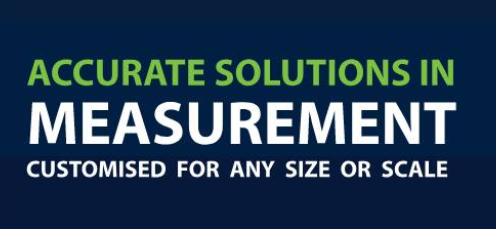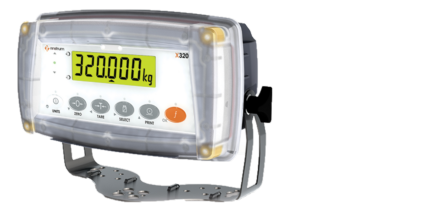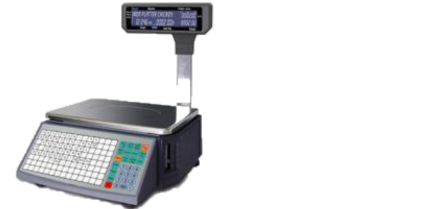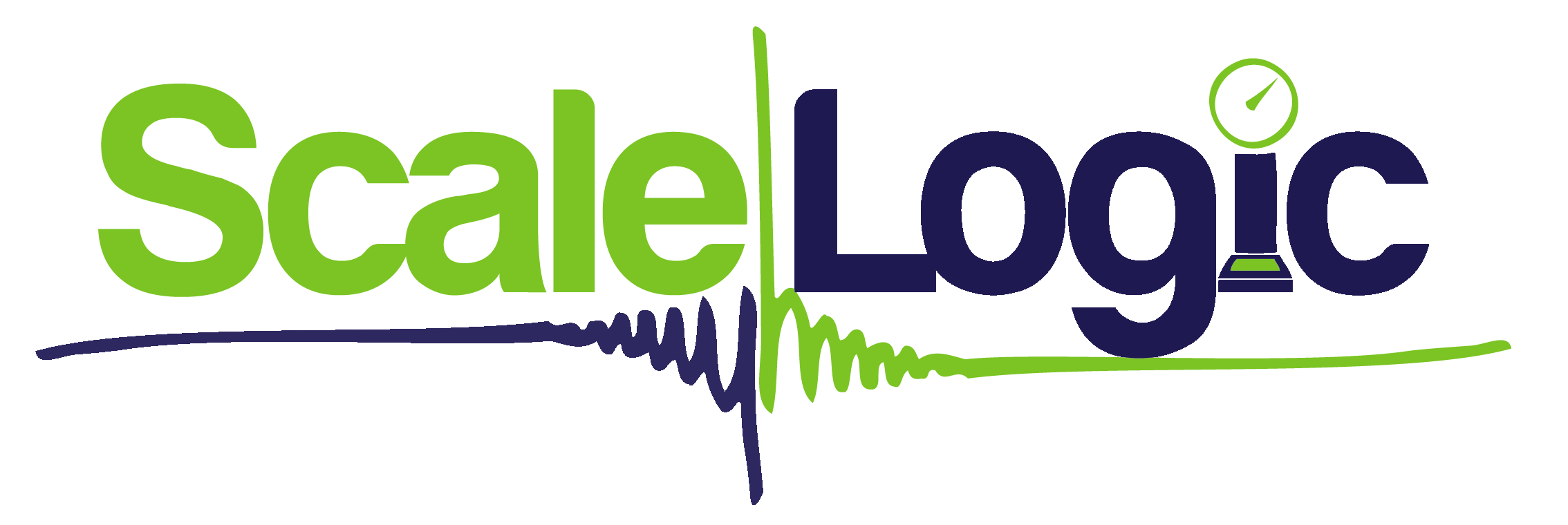The Importance of Calibration
Calibrating your instruments serves several crucial purposes:
Ensuring Accuracy: Calibration allows you to determine the accuracy of your instrument readings. By comparing the instrument’s measurements against known standards, you can identify any deviations and make necessary adjustments. This helps maintain the reliability and precision of your measurements.
Consistency with Other Measurements: Calibration helps ensure that your instrument’s readings remain consistent with other measurements. This is particularly important when different instruments or systems need to provide comparable data. Calibration establishes a common reference point, enabling reliable data comparison and analysis.
Establishing Instrument Reliability: Calibration plays a vital role in establishing the reliability of your instrument. When an instrument undergoes calibration, it is thoroughly tested and evaluated to verify its performance and suitability for its intended purpose. Only instruments that meet the required standards receive a calibration certificate, providing assurance of their reliability.
Uncertainty: Assessing Measurement Accuracy
Measurement accuracy is characterized by uncertainty. An uncertainty value indicates the range within which a measurement is likely to deviate from the true value. Comparing measurements with stated uncertainties allows for meaningful comparisons. Traceability is achieved when measurements can be linked to a recognized measurement system through a continuous chain of comparisons, each accompanied by stated uncertainties.
Reliability: Trusting Your Instrument
An instrument is deemed trustworthy when it passes the calibration process and is found to be reliable for its intended purpose. A calibration certificate is issued to confirm the instrument’s reliability, assuring its accuracy and performance.
Achieving Traceability in Measurements
To ensure traceability in your measurements, three essential elements are necessary:
Defined Measurement Standards: An appropriate and recognized definition of how a particular quantity should be measured provides the basis for traceability.
Calibrated Measuring Instruments: Calibration involves using calibrated instruments that have been verified against reference standards to establish their accuracy.
Competent Staff: Competent staff members who are proficient in using the instruments and interpreting the standards or procedures are crucial for maintaining traceability.
Traceability can only be achieved when these three factors are present in the measurement process, enabling reliable and verifiable measurements.

 Enquire Now
Enquire Now





